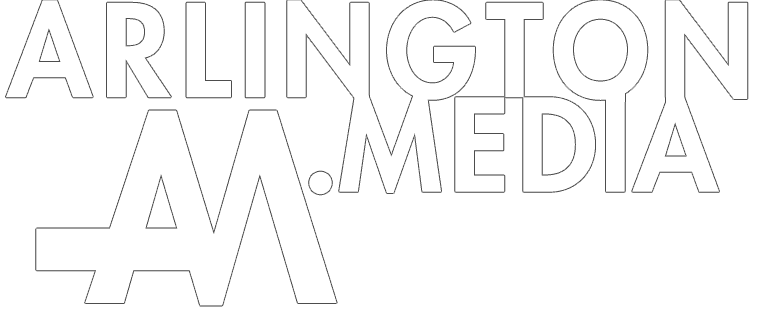Soldiers in The Old Guard hold a flag while a US Army Chaplain conducts a service in Arlington National Cemetery. The 1st Battalion, 3d US Infantry Regiment (The Old Guard) conducts memorial affairs to honor our fallen comrades, and ceremonies and special events to represent the Army, communicating its story to our Nation’s citizens and the world. Captured by @arlingtonmedia.
[igp-video src="" poster="https://www.arlington.media/wp-content/uploads/2022/03/soldiers-in-the-old-guard-hold-a-flag-while-a-us-army-chaplain-conducts-a-service-in-arlington-natio.jpg" size="large"]


